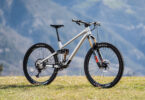E-Mountain bikes redefine the constraints of time, they push the boundaries, our own personal limits and give us a completely new feel for riding – or, at least, that’s what the theory says. But both the results of our tests and the sad reality tell a different story: tiny, overlooked details and inadequate specs mean that their lifespan, stability and smoothness are all negatively impacted, leading to – let’s face it – a less fun ride. Time for a rethink!

Bikes have always been split into categories by the industry and the media, mulishly given labels based on their suspension or weight. But these constricting categories just lead to chaos and confusion for the consumer, and the same goes for the industry too, who dub bikes things like ‘super all-mountain bike with enduro genes’ – is this really going to help anyone? As e-mountain bikes came onto the scene, many bike companies simply pulled over the same categories and stereotypical specs for their new e-models, so now we’re got a crowd of e-enduros, e-all mountains, e-trail bikes and e-tourers. But are there going to be repercussions to this lack of thought? Could it all be one giant oversight?
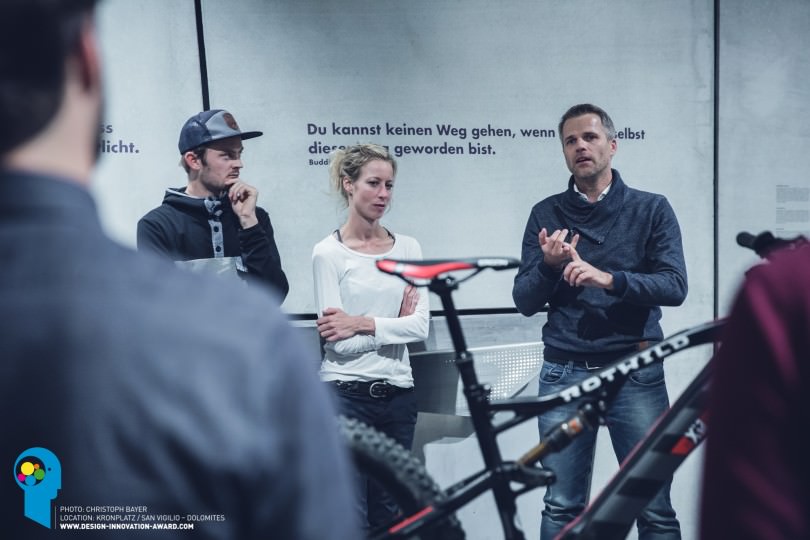
E-mountain biking is worlds apart from today’s regular, unmotorised mountain biking. Of course, everyone rides the same trails and gleans the same enjoyment from trail riding – but the riding characteristics and the feel of the bikes are wholly different. The main difference naturally stems from the powerful motor, which massively boosts the rider’s capacity for distance and speed, but does also result in a significant increase to the overall weight. With every pedal stroke the motor can assist with 50–300%, which renders the issue of efficiency another wholly different matter when it comes to e-mountain bikes. This makes uphills not only quicker, but also undertakes ascents in a completely different manner and enables riders to ride up trails too.
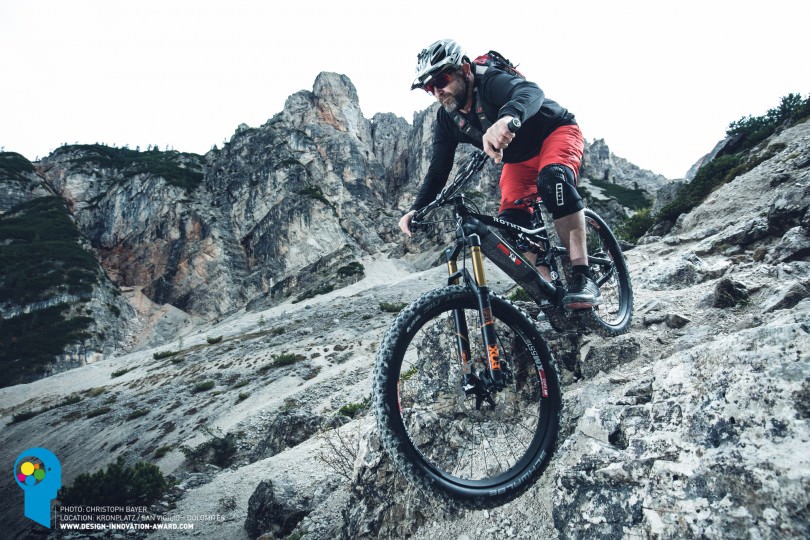
Compare the proportional weight difference of an unmotorised bike with the same standard spec, i.e. 100 mm travel (ca. 10.5 kg), 130 mm travel ( ca. 12 kg) and 160 mm travel (ca. 14 kg), then you’ll notice that there’s a difference of up to 25 % between the 100 mm and 160 mm models. Now take a look at e-mountain bikes with similar travel and a spec that mirrors the regular bike. You’ll see that the proportional weight difference is far narrower; between an e-mountain bike with 100 mm travel and one with 160 mm (same standard spec) there’s only around a 10% difference (100 mm, ca. 21 kg/ 160 mm, ca. 23 kg).

This 10 % different isn’t particularly noticeable on climbs given the power of the motor. But on the flip side, these marginal weight advantages comes at the cost of poor components, which are frequently not capable of withstanding the power of the bike, or – in the case of tyres – not capable of transferring the power to the ground. As a result wear and tear issues arise rapidly and the bike’s performance drops. Interestingly, this all happens as a result of efforts to lower the bike’s weight by using lighter components. Brakes are another key example – if you think that smaller disc brake rotors or lightweight versions could be a valid method for shaving off grams, you’re overlooking the fact that the whole bike weighs more, and the fact that you’re selling to a hugely diverse spectrum of customers and potentially creating a serious risk of injury. What follows is a list of components that are worth a few more beads of sweats and a few extra grams of weight.
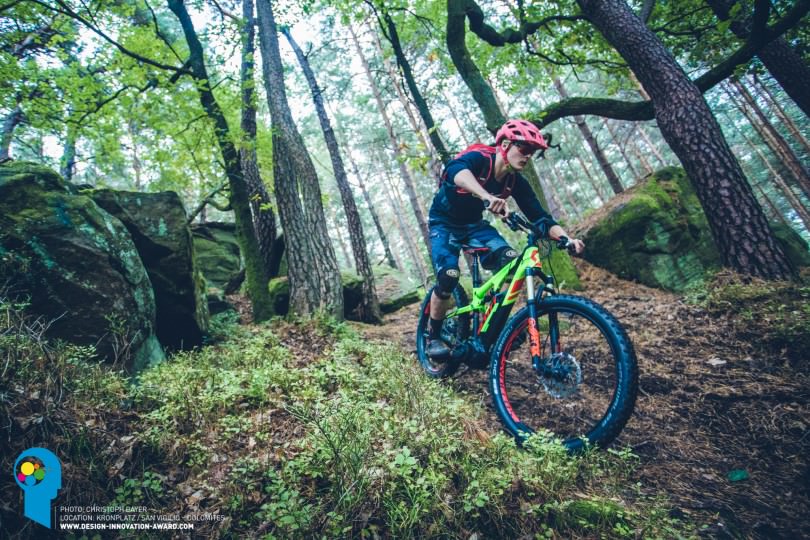
The Tires
They’re the link to the ground and transfer the motorized power as well as braking energy to the trail. Tyres with a weak tread won’t offer sufficient traction, and thin-walled carcasses are likely to cause puncture after puncture (and potentially dented rims) given the bike’s weight. Strengthened sidewalls, like those used in motorbike enduro racing, are definitely a wise move here for the rear wheel. A decent e-mountain bike tyre could quite happily weigh around 1 kg and upwards. Moreover, going tubeless is something you should do in a hurry.

The Brakes
“The later you brake, the faster you go,” is one saying from racing. But to be able to brake late, you need to have brakes that are capable of controlling the accumulative weight of the bike and rider. For e-mountain bikes, four caliper brakes are the necessary tool. Given their larger surface area they’re both more powerful and significantly better at heat dissipation. Moreover, disc brake rotors under 180 mm shouldn’t be mounted – and lightweight discs are a no-go too.

The Suspension
Ironing out bumps and responding to the rider’s impulse, the forks in particular are subjected to huge amounts of force and should therefore feature a thru-axle and sufficiently strong stanchions (at least 34 mm). Efficient suspension should guarantee that the forks don’t compress while you brake given the heavier weight, resulting in a rapid alteration of the bike’s geometry. In general, e-mountain bikes suffer more extremely from such changes in load when accelerating and braking as they weigh a lot more than regular mountain bikes.
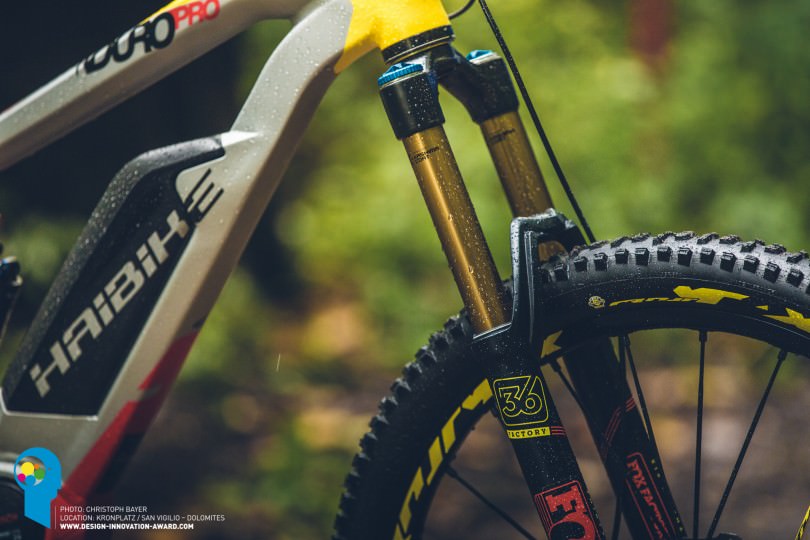
The Seatpost
Rigid, non-dropper seatposts are completely obsolete on e-mountain bikes. There’s no serious alternative to a dropper post with an adjustment range of at least 125 mm and a bar-mounted lever. Guaranteeing more fun and confidence, these shouldn’t be missing from any bike. Even commuters and more mellow trail riders appreciate the benefits.

The Wheels
Wheels are a frequent cut-corner, with cheap hub bearings, spokes and poorly-made rims causing problems and rapid wear and tear. It’s worth investing in high quality, stable wheels, which are capable of bearing up to the increased load of the e-mountain bike. The rear wheel is particularly vulnerable, so it’d make sense to buy specific front and rear wheels.
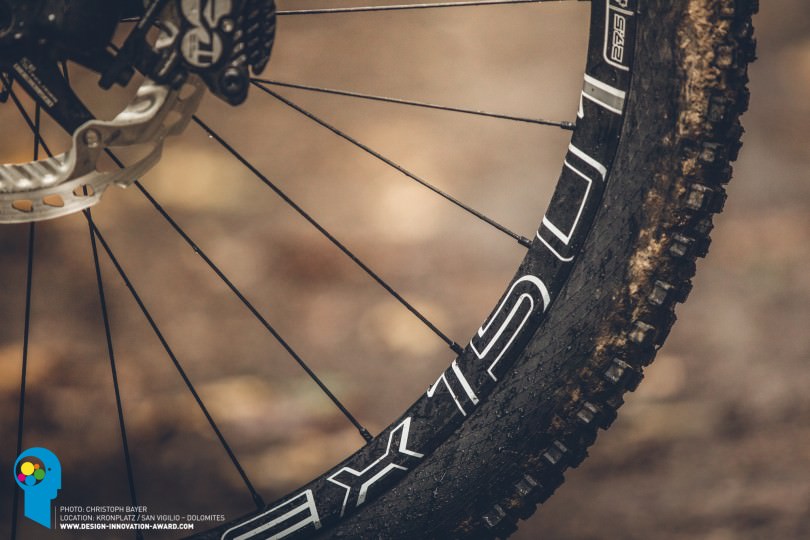
The Shifting
Sad but true: there’s still no e-mountain bike specific drivetrain. And there’s a need for component manufacturers to develop more durable products that can also deliver an improved performance. In terms of the cassette, we can see huge potential. Fewer gears for improved durability and better thought-out gear ratios are two further key factors. Close ratio gears that you’d find on a traditional cassette tend to be a bit redundant on an e-mountain bike given the additional power from the motor.
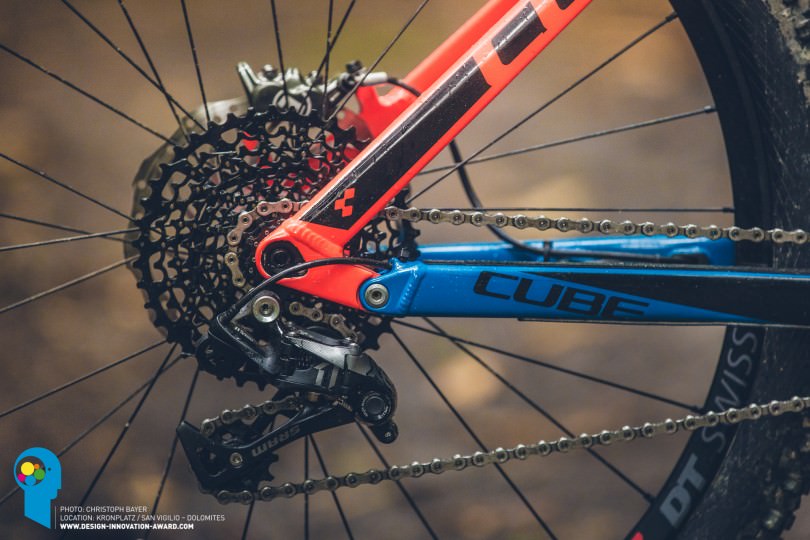
There’s a different set of rules that apply to e-mountain bikes, and vastly different requirements and user profiles. In fact, conventional product specs and the traditional mountain bike perspective held by product managers and media with little experience of e-mountain bikes can be damaging to the progression of these bikes. As a rule, you could say: performance over weight! Naturally, ten-tonnes bikes aren’t the ambition, but purely by shaving off a few grams here and there you risk impacting negatively on the riding performance. A change in attitude is crucial; there are many decent products out on the market designed for conventional mountain bikes which have been approved for use on e-mountain bikes – but the fact remains that they’re completely unsuitable. For more clarity and an improved performance, it’d be brilliant to see brand new specific, well thought-out components developed. The market is growing rapidly, the potential is evident; now it’s just up to component manufacturers and suppliers to recognize this, act upon it, and take e-mountain bikes to the next level.
Words & Photos: Christoph Bayer
Did you enjoy this article? If so, we would be stoked if you decide to support us with a monthly contribution. By becoming a supporter of ENDURO, you will help secure a sustainable future for high-quality mountain bike journalism. Click here to learn more.




